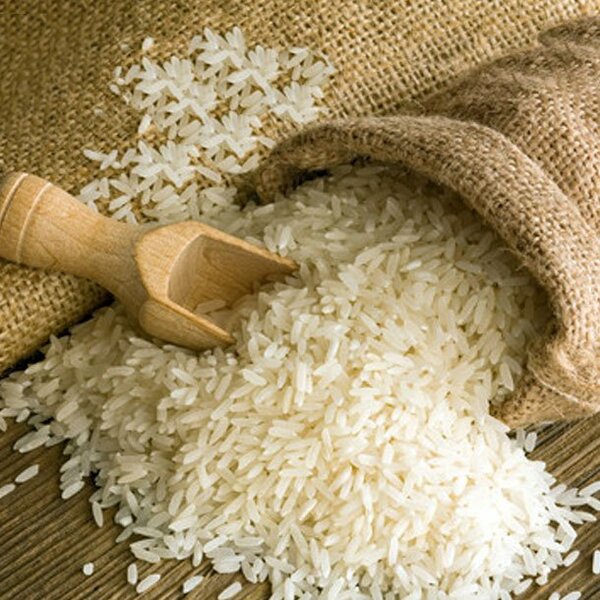Developing a Method to Remove Inorganic Arsenic from Rice with Natural Substances
(1) ‘Iolani School, Honolulu, Hawaii
https://doi.org/10.59720/20-103
Many developing nations struggle with arsenic (As) exposure due to the over-pumping of groundwater wells, which results in higher concentrations of As in agricultural systems. In Bangladesh, there has been an ongoing crisis of As-related health issues, such as heart disease and various cancers, primarily due to the consumption of As-contaminated water and rice. Prior research has mainly focused on removing As from water, but there has been little research on removing As from rice, even though rice contains dangerous amounts of As and Bangladeshis have a heavily rice-based diet. We focus on developing a method to remove inorganic As from rice using natural substances. We developed a method utilizing activated charcoal and bentonite clay to lower levels of As in rice using these natural substances. We adapted a procedure to use the Quick Sensafe Rapid Arsenic Test Kit to measure As before and after treatment while simulating cooking conditions. Activated charcoal was the most effective, as it was able to remove 75% of As when used alone. Therefore, this method could be utilized by countries like Bangladesh to lower As intake and incidences of As-related health issues.
This article has been tagged with: